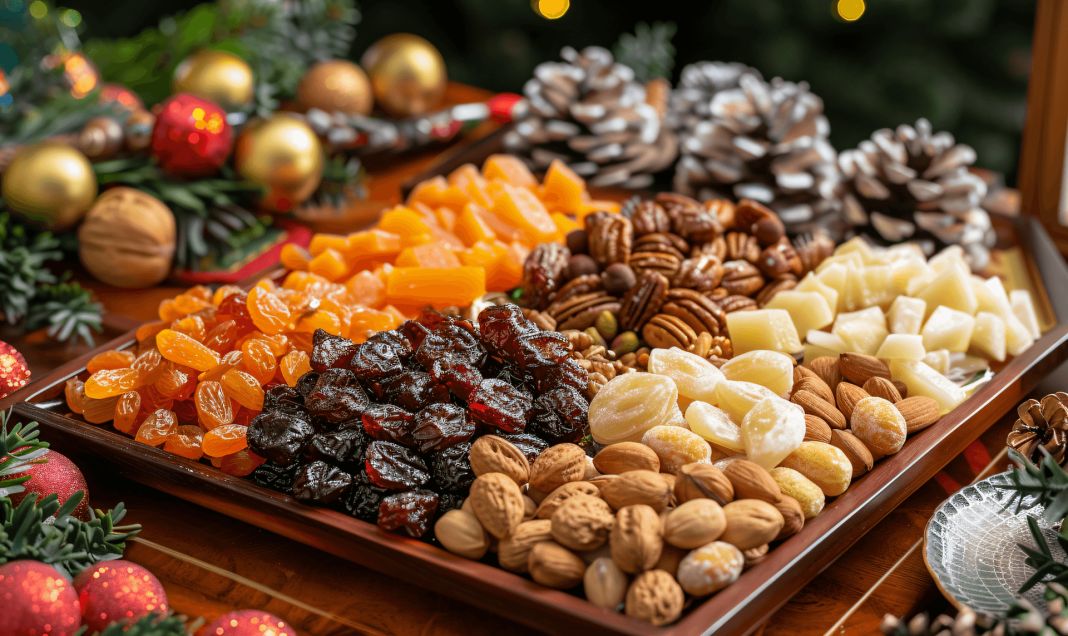This content is provided by the pioneer bird blood sugar management software! It helps you record blood sugar, blood pressure, and other health indicators, providing free trial tasting of sugar-free foods, as well as customizing diet and exercise plans to accompany you in controlling sugar.
As a nutritionist, I have worked with a large number of diabetes patients for many years. Many of them have successfully controlled blood sugar and improved their quality of life through reasonable dietary adjustments. In this article, I will share some new discoveries in diabetes diet and how to easily control blood sugar through food.
1. The Relationship Between Diabetes and Diet
Diabetes is a metabolic disease characterized by high blood sugar, where diet plays a crucial role. A balanced diet can help diabetic patients maintain stable blood sugar levels and reduce the risk of complications. The following are several aspects of the impact of diet on diabetes:
Glycemic Index (GI): Choosing low-GI foods helps slow down the postprandial rise in blood sugar.
Dietary fiber: Increasing dietary fiber intake can lower blood sugar and cholesterol levels.
Fat and protein: Moderate amounts of fat and protein help slow down food digestion and absorption, reducing blood sugar peaks.
2. New Discoveries in Diabetes Diet
Legumes
Legumes such as mung beans, red beans, black beans, etc., are rich in dietary fiber and plant protein, which are very beneficial for diabetes patients. Dietary fiber can delay the absorption of food in the intestines, thus reducing the rate of postprandial blood sugar rise. Additionally, plant proteins in legumes help maintain muscle mass and improve insulin sensitivity.
How to consume: Cook legumes and incorporate them into dishes or consume them with main meals.
2. Nuts
Nuts like walnuts, almonds, peanuts, etc., although high in calories, are beneficial in moderate amounts for diabetes patients. The unsaturated fatty acids, dietary fiber, and minerals in nuts help control blood sugar.
How to consume: Eat a small handful of nuts daily as a snack or supplement.
3. Leafy Vegetables
Leafy vegetables such as spinach, kale, celery, etc., are rich in vitamins, minerals, and dietary fiber, making them ideal low-sugar foods for diabetes patients.
How to consume: Consume at least 300-500 grams of leafy vegetables daily, either raw, blanched, or stir-fried.
4. Whole Grains
Whole grains like oats, brown rice, whole wheat bread, etc., compared to refined grains, contain more dietary fiber, aiding in blood sugar control.
How to consume: Include whole grains as part of your main meals, such as oatmeal for breakfast or brown rice.
3. Dietary Considerations for Diabetes
Control total calories: Diabetes patients need to manage their daily total calorie intake according to their own circumstances.
Timing and quantity: Maintaining regular eating habits helps avoid large fluctuations in blood sugar.
Low salt and low fat: Reduce salt and fat intake to prevent cardiovascular complications.
Avoid high-sugar foods: Minimize the consumption of high-sugar foods like candies, sweetened beverages, pastries, etc.
Diabetes diet is not set in stone, and with further research, more foods are being discovered to be beneficial for blood sugar control. As a nutritionist, I recommend diabetes patients to diversify their diet, choose low-GI, high-fiber foods, and pay attention to food combinations and cooking methods. Remember, a balanced diet is key to controlling blood sugar, but it should also be combined with appropriate exercise and medication. Through scientific dietary management, diabetes patients can easily control blood sugar and enjoy a healthy life.


